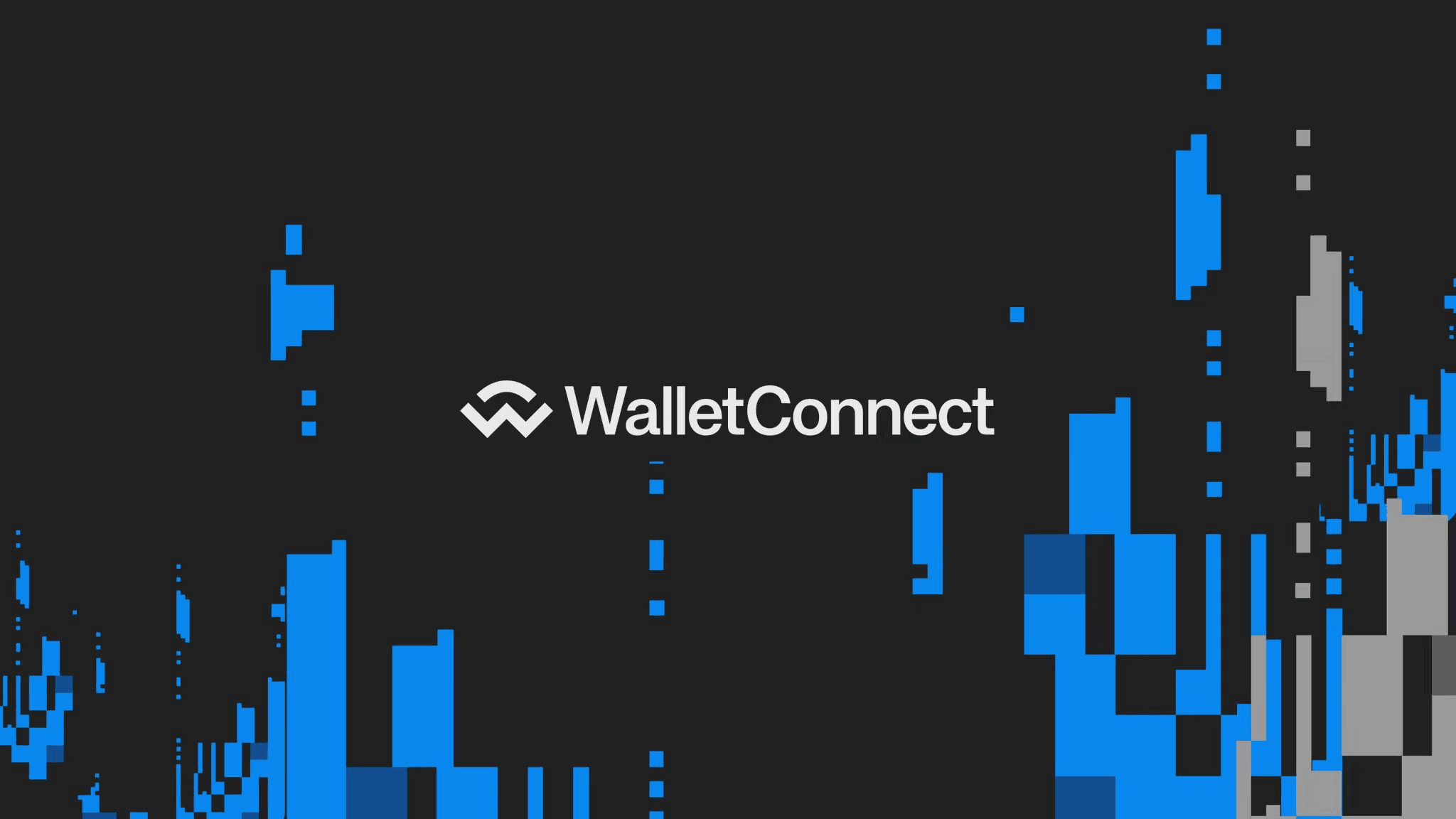Last week, while exchanging tokens at a decentralized exchange, I almost dropped my phone on the ground—after entering the wallet private key three times in a row, I kept getting a 'Connection Failed' prompt, while the countdown at the top of the screen continued to decrease by the second, and the price of the token I wanted kept rising. In the customer service solution sent to me, the words 'Try Wallet Connect' felt like a lifeline. Holding onto the last glimmer of hope, I clicked the link, and after two seconds of scanning the QR code on the computer screen with my phone's camera, the interface suddenly displayed 'Connected.' At that moment, I stared at the screen, feeling as if I had just solved a math problem that had stumped me for half an hour.
This is the first time I truly felt the brilliance of Wallet Connect. Previously, when connecting my wallet to a dApp, I either had to manually copy and paste a long private key (always afraid of mistyping even one character), or repeatedly switch between different applications to authorize, and if there were network fluctuations, it would all be in vain. Wallet Connect acts like a 'secure bridge,' creating an encrypted session through QR codes, allowing the wallet and dApp to complete data exchange without revealing the private key. To be more professional, it's called 'WebSockets-based peer-to-peer communication protocol,' which not only avoids the risk of private key exposure but also resolves the complexity of cross-device authorization.
What truly turned me into a 'return customer' was helping a friend with a digital collectible transfer last month. His wallet was on his phone, but the trading market could only be operated on a computer. Previously, he would have to write down the private key on paper and then manually input it. Now, I had him open Wallet Connect, scanned the code on the computer with his phone wallet, confirmed the transfer information, and with a gentle tap, within 10 seconds, the collectible arrived in the other party's account. 'This is even more convenient than online bank transfers,' my friend exclaimed in surprise. What he didn’t know was that behind this process lies the core advantage of Wallet Connect: it does not rely on specific wallets or dApps, acting like a universal interface. Whether it's MetaMask, Trust Wallet, or niche wallets, it can seamlessly connect with various decentralized applications, and this 'cross-platform compatibility' is precisely the infrastructure that the Web3 world needs most.
Later, while browsing the developer community, I discovered that someone had done something even cooler with Wallet Connect: at an offline gathering, a few people used their wallets to scan codes and complete real-time token orders; artists used it to directly authorize their digital works from their wallets to exhibition platforms without ever leaving their devices. All these scenarios point to the same conclusion—Web3's security should not be 'anti-human,' and Wallet Connect is making 'security' and 'convenience,' two seemingly contradictory terms, coexist in the simplest way.
Now, every time I connect to a new dApp, I instinctively look for the Wallet Connect icon. Looking at that small QR code, I suddenly understand that its value has never been in the digits of token prices, but in the two seconds of reassurance I feel each time I scan. When blockchain technology no longer requires users to memorize lengthy private keys or repeatedly confirm complex authorization steps, it may be just this final distance of 'connection' away from truly entering the lives of the public. $WCT
$WCT